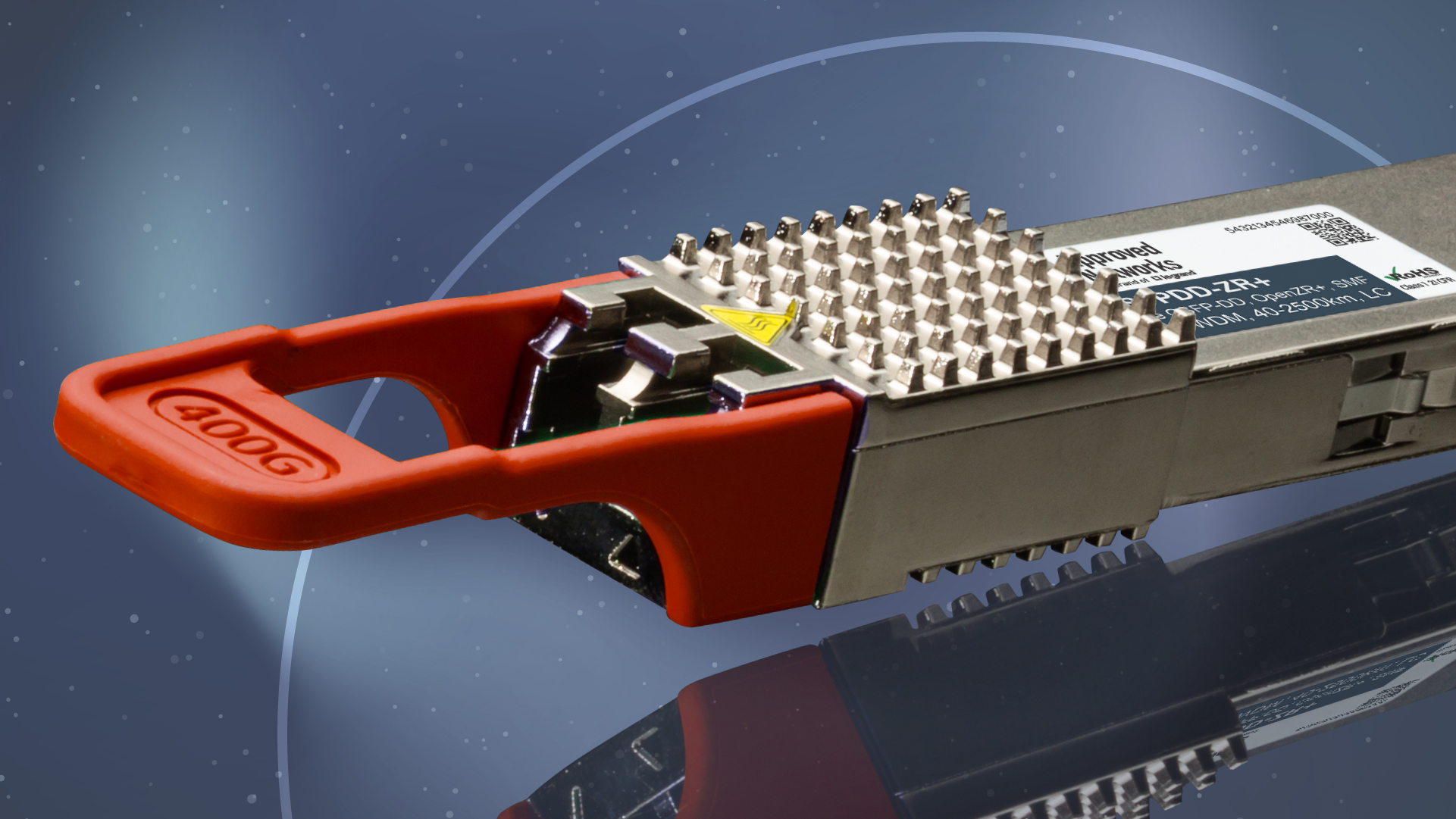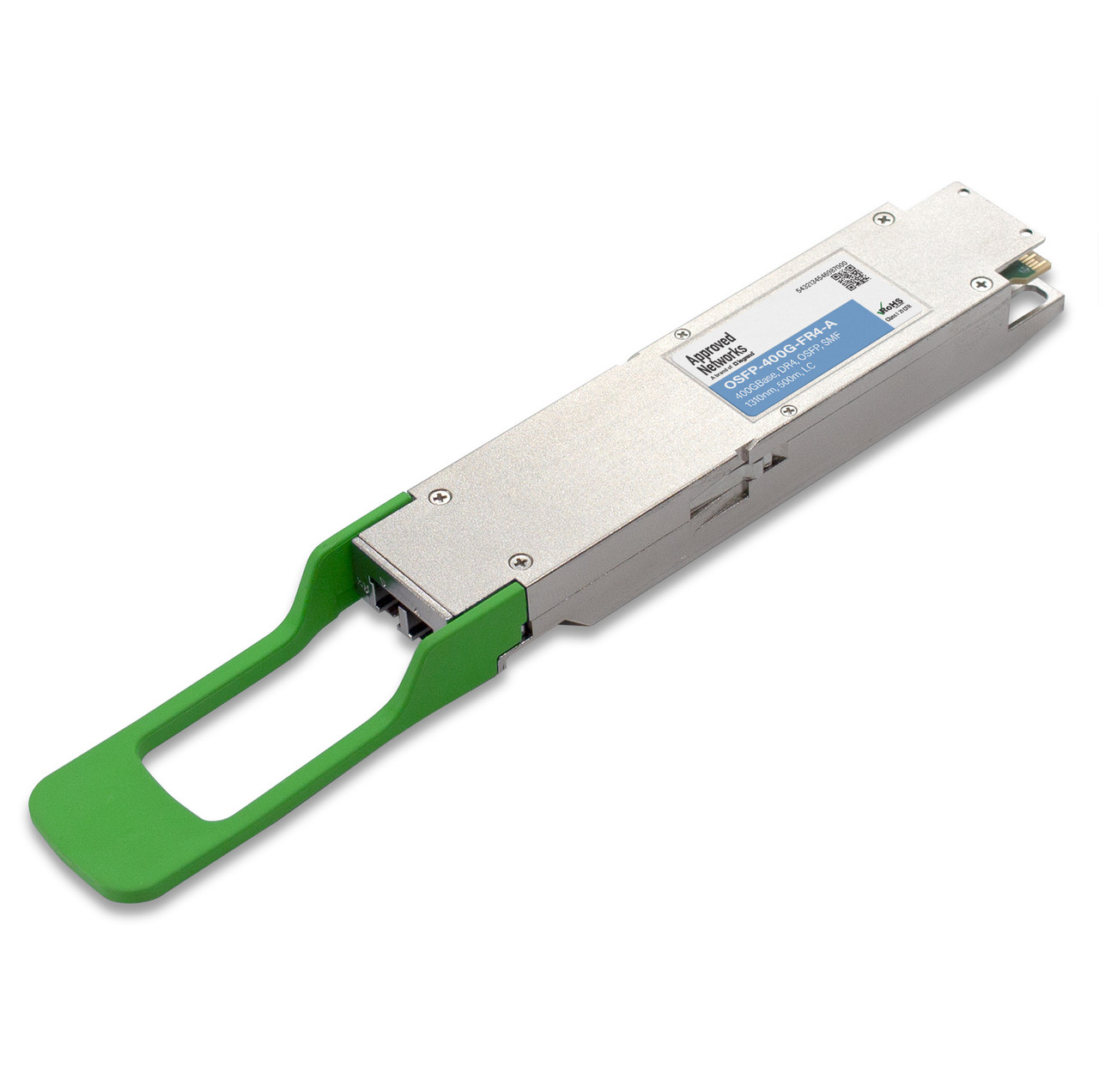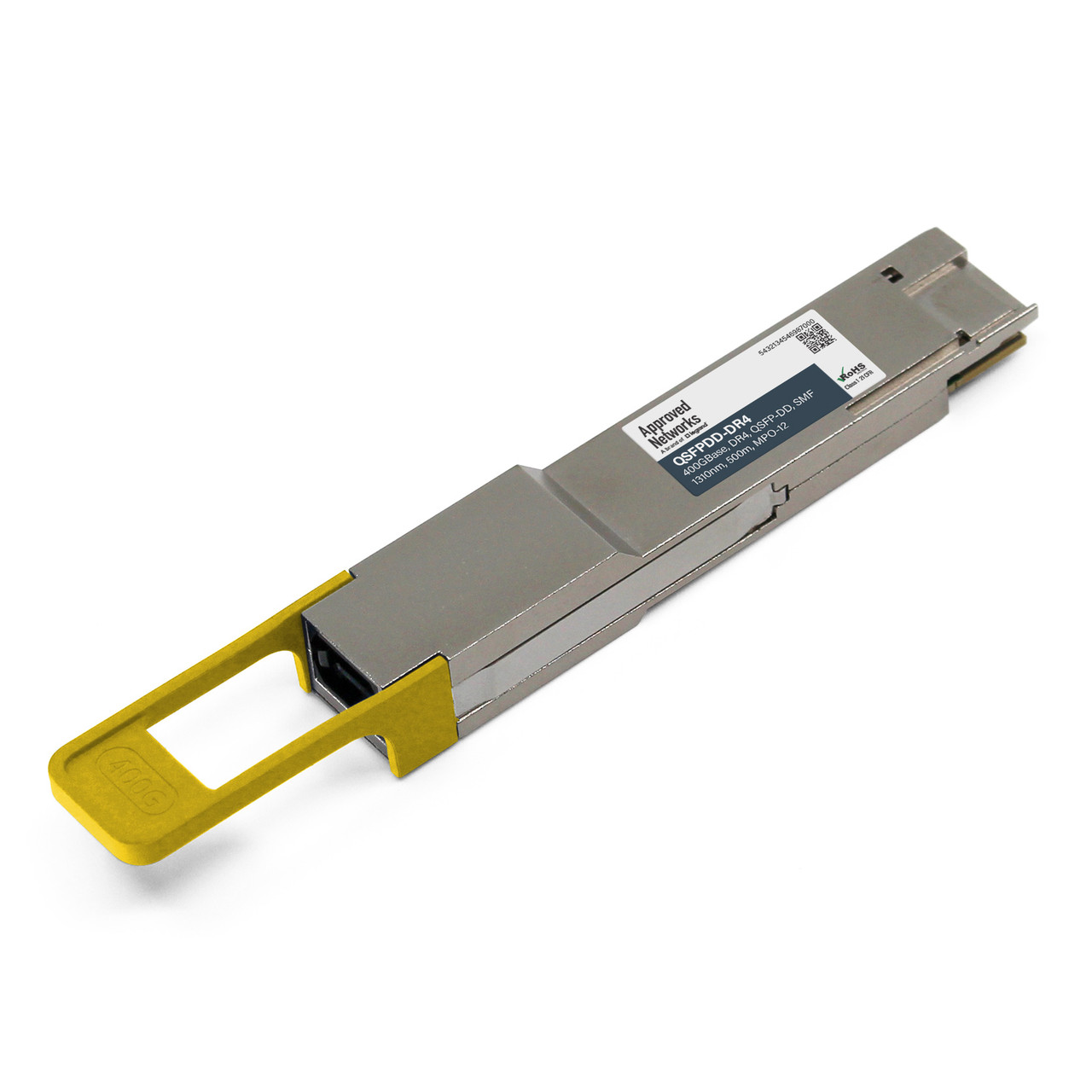Fiber Optics of the Near Future: 400ZR and 400ZR+
Posted by Tim Yanda on May 19, 2023

The world of fiber optic communication is endlessly evolving, with new technologies being developed and refined constantly. One of the most exciting developments in recent years is the emergence of the 400ZR family of transceivers, which promise to deliver high-speed, long-distance communication at a cost-effective price point.
However, there are several different variants of the 400ZR transceiver, each with its own unique specifications and use cases. Let’s take a closer look at these differences, and explore the potential applications of this exciting new technology.
First, we’ll begin by looking at the basic specifications for each of the three 400ZR variants:

- 400ZR — Rated distance of 40 km, with amplification up to 120 km. Output power of around -10 dBm, with CFEC error correction and power draw of around 16-18 Watts. Based on the OIF 400ZR standard.
- 400ZR+ — Rated distance of 120 km or more, with amplification up to 600 km. Output power of around -6 dBm or 0 dBm, depending on the variant, with OFEC error correction and power draw of around 18-22 Watts. Based on the OpenZR+ MSA standard.
- 400ZR+ 0 dBm — Similar to the 400ZR+ in terms of distance and power, but designed to interface with existing ROADM systems. Output power of around 0 dBm, with OFEC error correction and power draw of around 19-22 Watts. Also based on the OpenZR+ MSA standard.
So what do these specifications mean in practice? The key difference between the 400ZR and 400ZR+ variants is the type of error correction used — CFEC for the 400ZR, and OFEC for the 400ZR+. This leads to differences in the rated unamplified distance, with the 400ZR rated for a maximum of 40 km, while the 400ZR+ can go up to 120 km or more.
However, it's worth noting that the 400ZR and 400ZR+ have similar output power levels, which means that their unamplified distance capabilities will also be similar. The main advantage of the 400ZR+ is the ability to use concatenated FEC to achieve longer distances with amplification, up to 600 km.
Another key feature of the 400ZR family is their tunable DWDM capabilities, which allow them to be used in a variety of systems, including ROADM and passive mux/demux filter systems (IPoDWDM). These systems can provide substantial bandwidth increases, and are a cost-effective way to replace point-to-point single link systems.
However, it's important to note that the 400ZR transceivers are not low-power devices, and require careful planning and selection of switches to ensure adequate port power is available. There have been modest improvements in power consumption in recent years, but these devices are unlikely to see a significant drop in power draw.
One exciting development in the data center world of 400ZR is the growing interoperability between manufacturers. At the recent OFC23 event, there were displays of 400ZR transceivers working across multiple platforms and manufacturers, demonstrating the potential for greater availability and ease of use in the future.
Looking ahead, there are several areas of development for the 400ZR family in fiber optics, including greater-than-0-dBm output, improved CMIS 5.x interfaces, and greater plug-and-play compatibility with test equipment. As manufacturing ramps up, we can also expect to see a lower cost for these transceivers, making them an even more attractive option for high-speed, long-distance communication.
Overall, the 400ZR family of transceivers represents a major leap forward in fiber optic communication.



